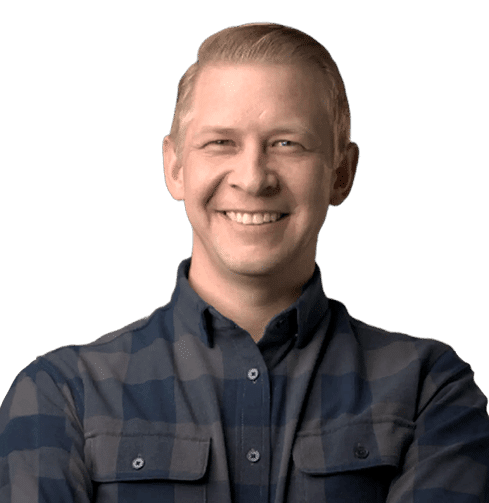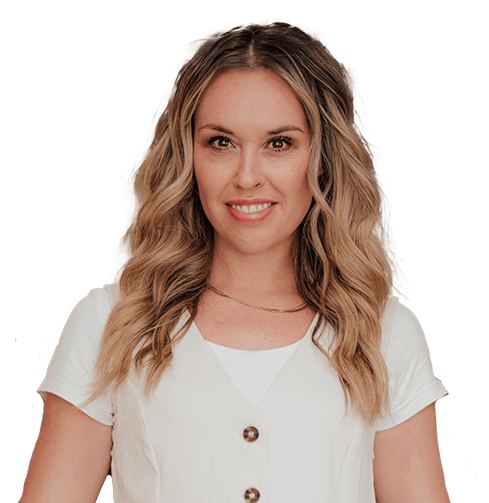degreed
Degreed Orchestrates the Entire RevOps Engine with One Consolidated Platform
Degreed consolidated their tech stack and orchestrated the entire GTM engine with Fullcast.
The Company
Degreed is a leading learning experience platform. They provide the professional learning and development ecosystem for 400 clients in more than 200 countries. Their Ops team of 6 powers a sales team of approximately 50 reps. They came to Fullcast to optimize their RevOps engine, specifically related to Territory Carving, Territory Modeling, and Routing.

Christine Dorrion
Former VP Global Revenue Operations and Enablement at Degreed
“What I really like about Fullcast is the ease of use and the simplicity of the platform, and the fact that it is integrated fully with Salesforce. We decided to use Fullcast for the full go-to-market process in terms of not just account assignments, not just the territory mapping, etc., but also the routing piece. It truly made my life easier and my team’s life easier.”
Territory Carving
Problem
Geographies are an important input in Degreed’s territory carving. But with an Ops team based out of California and Paris and a global sales team working accounts all over the world, monitoring city names and postal codes in spreadsheets made it extremely difficult for the Ops team to accurately and effectively carve territories. Further, dealing with valuable new accounts was particularly difficult. “When we used spreadsheets for territories, there was a time delay. When there was a change, we had to go make a change in the system. So that caused issues where the data was not accurate and accounts were still being held in a previous territory. It got messy,” explained Jonathan Malalis, Sr. Manager, Revenue Field Operations at Degreed.
Solution
Fullcast’s robust mapping feature allows Degreed to easily conduct visual territory carving on a map. Plus, the ability to overlay any metrics, such as TAM, and view the balance across territories helps increase both efficiency and accuracy
Results
Using the map feature makes it very simple to carve territories and identify any geos that are unassigned. Additionally, the Ops person can easily jump on a call with the regional manager and use the map itself to facilitate a collaborative carving process in real-time. “Using the map, you just drag and drop and move things around really easily. I’ve never seen that in any other tool before,” said Malalis. Before Fullcast, the team relied on using multiple pivot tables, downloading and refreshing new data using formulas, and then re-running the pivot table. With Fullcast, spreadsheets are not needed.
Territory Modeling
Problem
When modeling territories, such as for forecasting and balancing, everything was done in spreadsheets. Thus, the prep work required to do modeling meant either creating massive spreadsheets or uploading multiple iterations of the plan into Salesforce just to get a sense of what it would look like.
Solution
Fullcast allows users to easily test and model many different scenarios without any spreadsheets. Because Fullcast is connected directly to Salesforce, the data is always fresh.
Results
During planning season and throughout the year, the team can now have many different scenarios modeled out. When a change occurs, such as a recent acquisition, the team can decide which plan to deploy and then have it instantly reflected in their CRM and routing. “With Fullcast, it’s all in one place. We can make the model and tweak it as needed. For example, if sales leaders want different territory cuts, we can easily make those changes and that will integrate back into Salesforce,” said Malalis. This saves Malalis 4-5 hours a week, and the entire sales organization gets full visibility into the GTM plan, with data that is always up to date.
Routing
Problem
Prior to Fullcast, the Degreed team used four different routing tools, which required two people to actively manage them. They tracked rules in spreadsheets and then manually updated the tools whenever there were any changes to roles or assignments. Between the two resources, it became very messy. They had to check back and forth to verify if changes had been made in all the required places. This resulted in leads being misrouted and other inaccuracies.
Solution
Fullcast’s lead routing is tied directly to the territory and GTM plan. Thus, when a rep is reassigned to a territory or an account is assigned to a territory, the routing is automatically updated as well, without any intervention required by the Ops team.
Results
Since Degreed consolidated their routing in Fullcast, they haven’t needed to touch it except to update the actual rules. “With Fullcast, our lead routing has become much more accurate. We never hear any complaints from our SDRs which means that things are running smoothly.” While previously, the Ops team regularly had to spend significant time troubleshooting errors with lead routing, they now have completely addressed all the sales team’s previous complaints.
Implementation
Problem
The team had a tight timeline with their onboarding starting in November and a goal of deploying their GTM plan in February.
Solution
The Fullcast platform is tailormade for revenue operations. Retrofitting a corporate planning tool can take 6-12 months while Fullcast can be implemented in weeks.
Results
Many corporate planning tools require a lengthy implementation process, including multiple iterations of business requirements and platform adjustments, plus the cost of professional services. With Fullcast, the Degreed team was able to complete onboarding and implementation for their team of 50+ reps in about 6 weeks.
“I’ve implemented Anaplan in past roles. It was a huge build. But with Fullcast, it’s all out of the box functionality. The ease of use and setting up the tool was a huge benefit, especially since we were implementing it in November – at the same time we were doing our fiscal planning for the next year,” Malalis explained.









